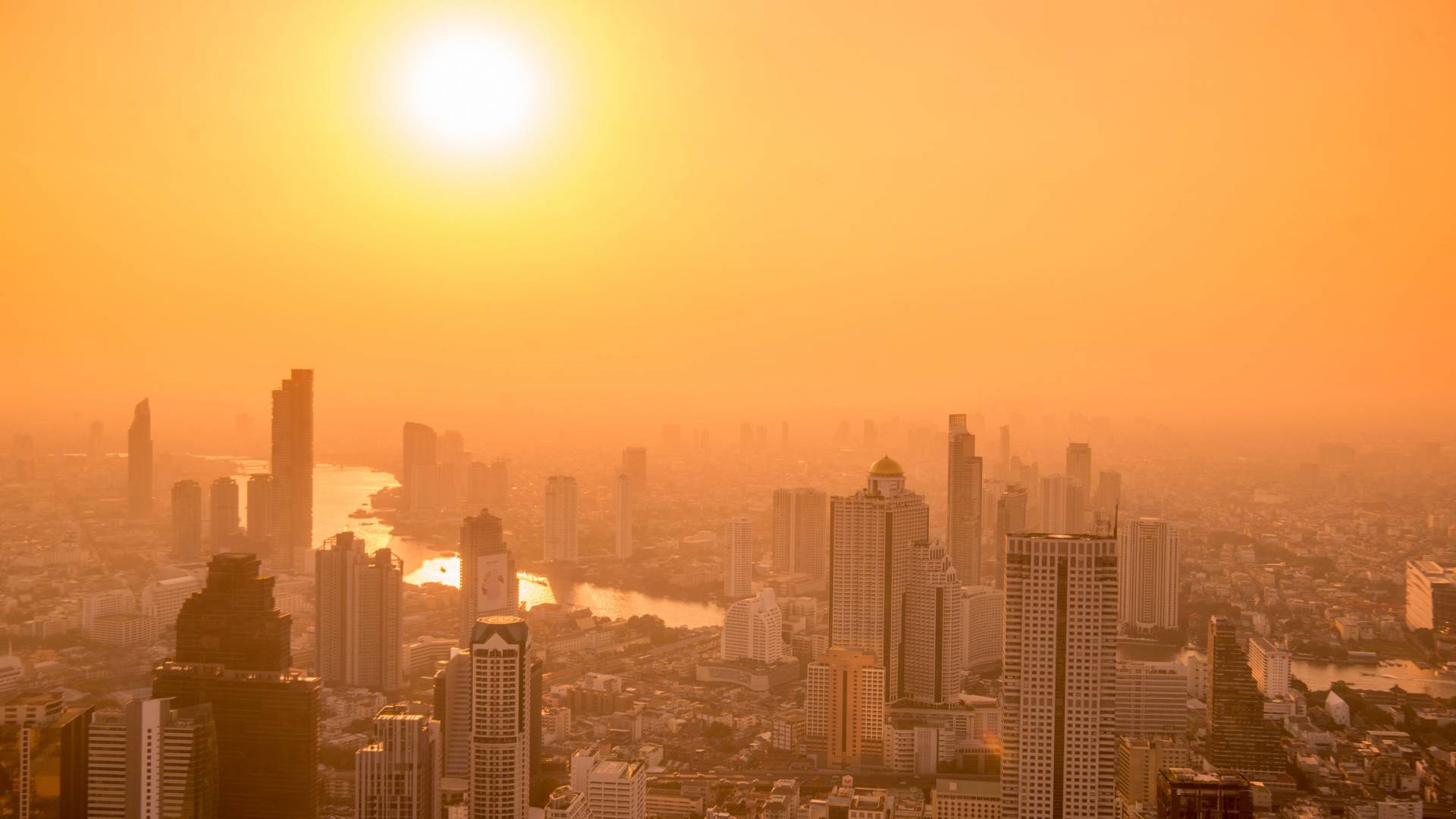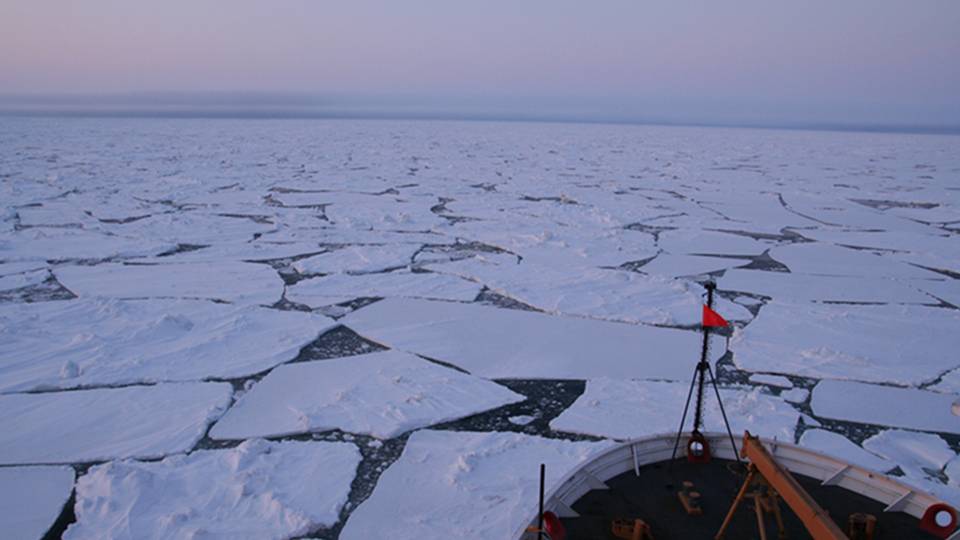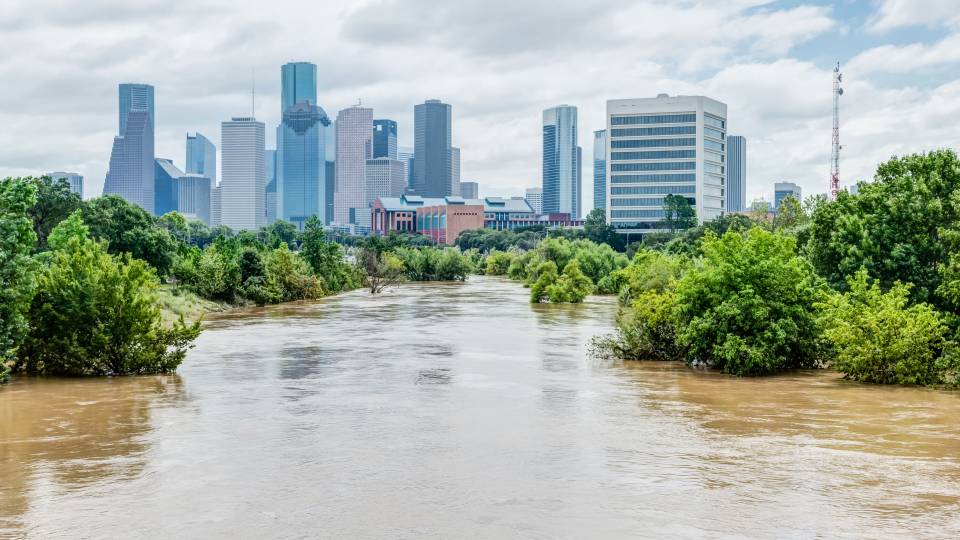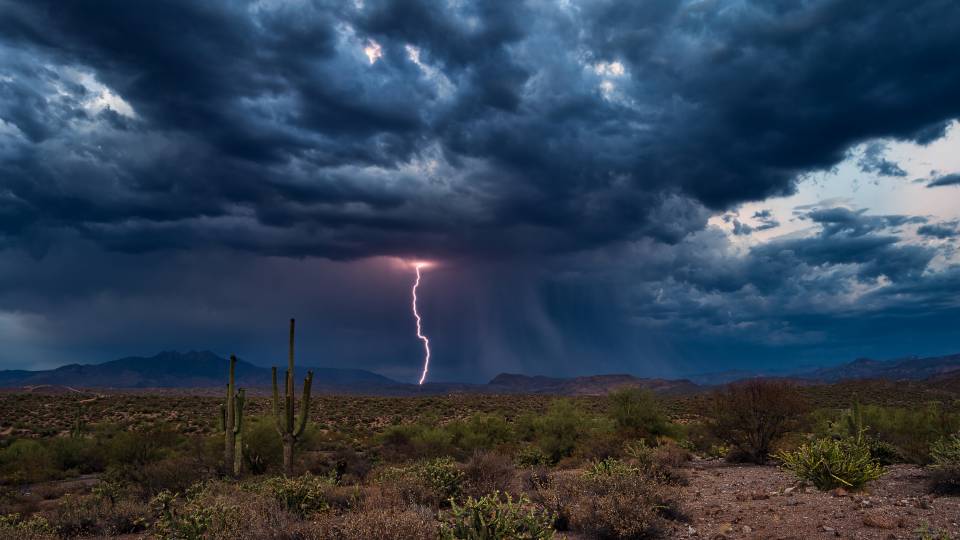Princeton researchers discovered a way to accurately project extreme heat in the tropics under climate change by looking at the atmospheric dynamics that control the region’s “wet-bulb” temperature, a combination of heat and humidity. They found that the wet-bulb temperature for the entire tropics is set by the troposphere — the lower atmosphere where weather happens — and that it is likely to increase by 1 degree Celsius with every degree of average warming.
Extreme heat is among the most concerning and potentially deadly effects of climate change, especially for the rapidly growing and urbanizing populations living in the tropics. Yet, climate models tend to be unclear when projecting how high temperatures will climb on a regional scale, and often overlook the point at which heat is a risk to human health.
Princeton University researchers have found a way to zero in on how dangerously hot the Earth’s tropical zones could become under climate change by looking at the atmospheric dynamics that control the region’s heat and humidity, according to a recent paper in the journal Nature Geoscience. The study is among the first to put an exact figure on just how sweltering conditions in the tropics could get.
The researchers found that the “wet-bulb” temperature — a measure of air temperature plus humidity — for the entire tropics is set by the inner workings of the troposphere, which is the lower atmosphere where weather happens. A wet-bulb temperature of 35 degrees Celsius (95 degrees Fahrenheit) is considered the upper limit of combined heat and humidity that humans can handle. Beyond that, the body can no longer effectively cool itself via perspiration.
The study authors found that the wet-bulb temperature in the tropics would consistently increase by 1 degree Celsius with every degree of mean warming. They suggest that heat and humidity in a large portion of the tropics will stay within habitable levels if the increase in global average temperature due to climate change is limited to 1.5 or 2 degrees Celsius compared to the past 40 years.
“Heat stress is the additive health impact of heat and humidity, which can cause an array of societal problems from reduced labor productivity to premature deaths,” said Yi Zhang, lead author of the paper and a Ph.D. candidate in atmospheric and oceanic sciences at Princeton.
“Our findings put a strong constraint on how fast the annual-maximum wet-bulb temperatures in the tropics will approach the 35 degrees Celsius habitable threshold,” Zhang said. “Nonetheless, we recommend that further research is needed to determine if serious heat-related health impacts can still occur well below that threshold.”
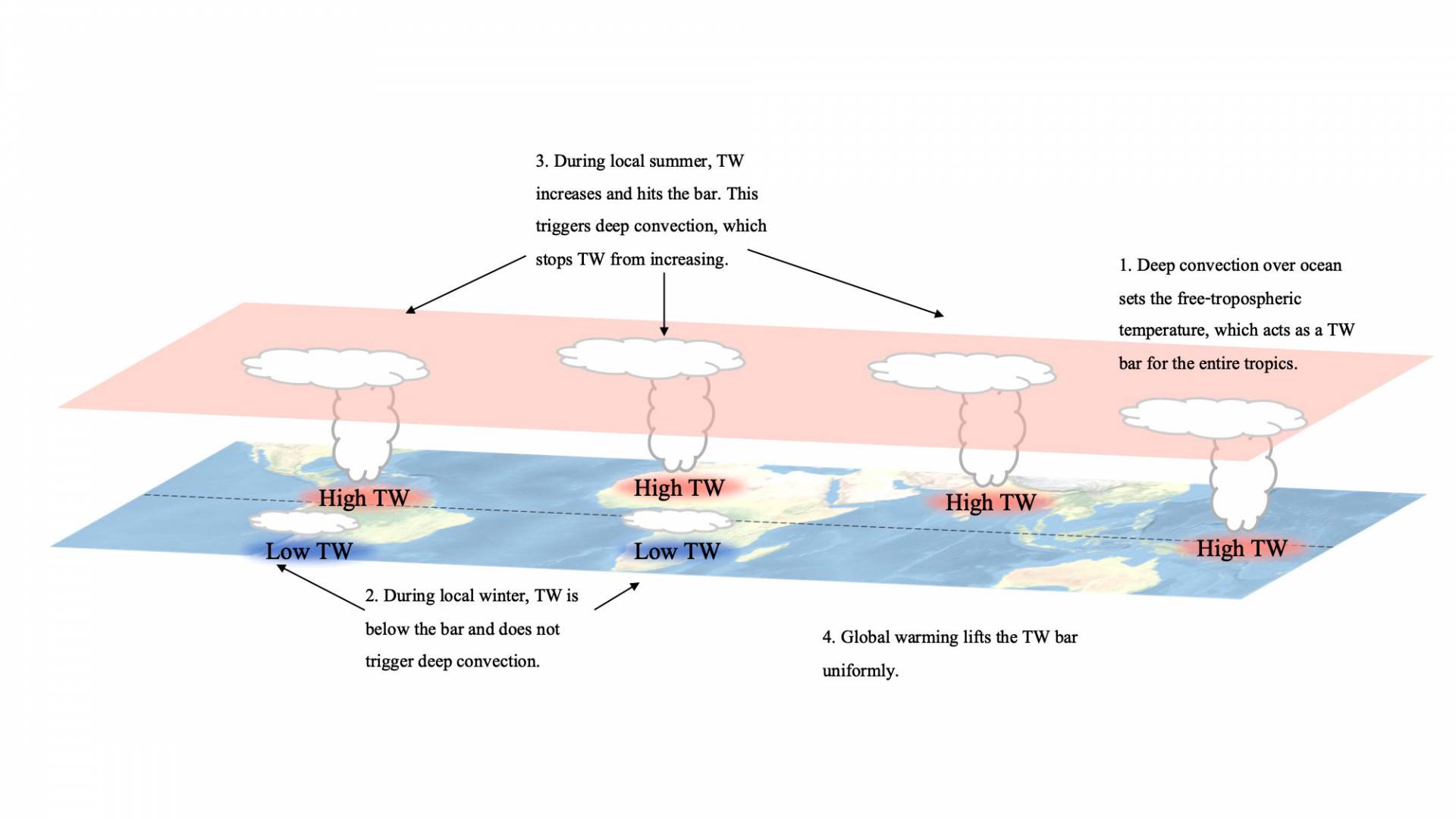
The troposphere keeps the wet-bulb temperature (TW) in the tropics roughly uniform on land and on the ocean. The troposphere’s upper layer (red plane) sets a bar for the wet-bulb temperature in the lower layer (1). When the wet-bulb temperature exceeds this threshold (3), strong upward motions and rainfall prevent the local wet-bulb temperature from increasing. Climate change raises the upper-layer bar on the wet-bulb temperature (4), causing heat and humidity in the lower layer to rise across the tropics.
The researchers’ findings have received coverage in numerous media outlets, including The New York Times and Forbes.
The method the study used, however, is significant in its own right because it can robustly and accurately project future extreme heat for the entire tropics, which comprise about 40% of Earth’s surface, said co-author Isaac Held, senior meteorologist in atmospheric and oceanic sciences and associated faculty in Princeton’s High Meadows Environmental Institute (HMEI).
“The strength of this paper is the impressive consistency between basic theory, global climate models and estimates of observed trends, which gives us a lot of confidence in this result. Work by other groups points in the same direction,” Held said.
“I think this is good news,” he said. “If we can mitigate the mean warming of the tropics, we also can mitigate the increase in the severity of the most severe heat-stress episodes throughout the tropics.”
Co-author Stephan Fueglistaler, an associate professor of geosciences at Princeton, said that previous model projections have used extreme temperatures as a metric for extreme heat, but temperatures vary by region, topography and atmospheric factors.
“We used a physical theory related to the control of heat and humidity in the tropics that is consistent with climate models and 40 years of observations,” said Fueglistaler, who is director of the Program in Atmospheric Sciences and associated faculty in HMEI. “There is no tropics-wide control for extreme temperatures like the dynamics that force wet-bulb temperatures to be roughly uniform, and thus there is more uncertainty.”
The Nature Geoscience study examined the interaction between the two layers of the troposphere. The upper layer sets the bar for the lower layer’s wet-bulb temperature, Zhang said. Whenever the wet-bulb temperature in the lower layer exceeds the threshold put in place by the upper layer, the whole tropospheric column becomes unstable. This results in strong upward motions and rainfall that export energy away from the column and prevent the local wet-bulb temperature from increasing, Zhang said.
These dynamics keep the maximum wet-bulb temperature in the tropics relatively uniform, both on land and on the ocean, the researchers found. This allowed them to work around the varying topography of the land by calculating how climate change would affect the wet-bulb temperature over the homogenous surface of the ocean — which would play out similarly on land.
What climate change does, they found, is raise the bar on the wet-bulb temperature. The tropospheric column stabilizes itself in accordance with this new upper limit, and heat and humidity across the tropics rises.
Zhang said she first considered the possibility of using tropical atmospheric dynamics to project heat stress after reading a 2015 blog post Held wrote about the connection between tropical ocean warming and the wet-bulb temperature over land.
In 2020, Zhang and Fueglistaler published a study in the journal Geophysical Research Letters showing that tropical atmospheric dynamics result in subcloud moist static energy — which is equivalent to the wet-bulb temperature at low elevations — being the same in regions of rainfall over the ocean and land. A subsequent discussion with Held led Zhang to examine how those same atmospheric dynamics would regulate heat and humidity on land and over the ocean equally, she said.
The paper “Projections of tropical heat stress constrained by atmospheric dynamics,” was published March 8 by Nature Geoscience. This work was supported by the National Oceanic and Atmospheric Administration (award no. NA18OAR4320123) and the National Science Foundation (award no. AGS-1733818).
